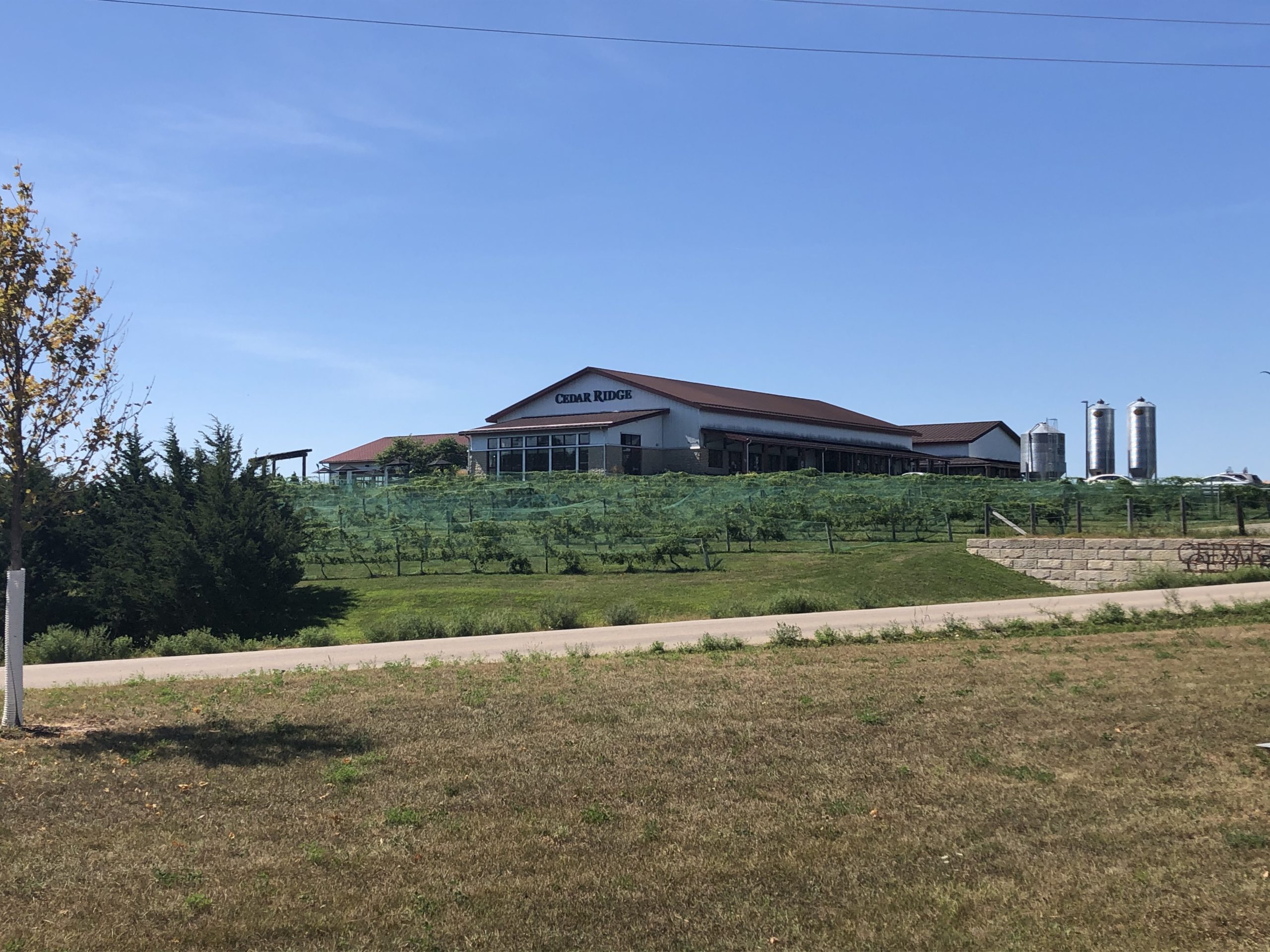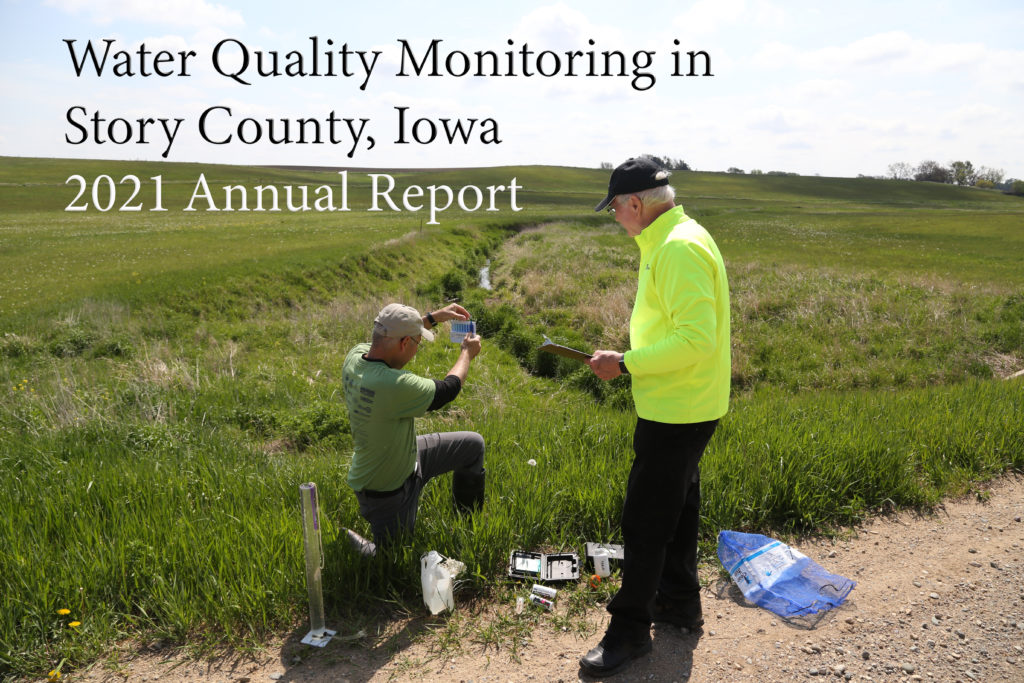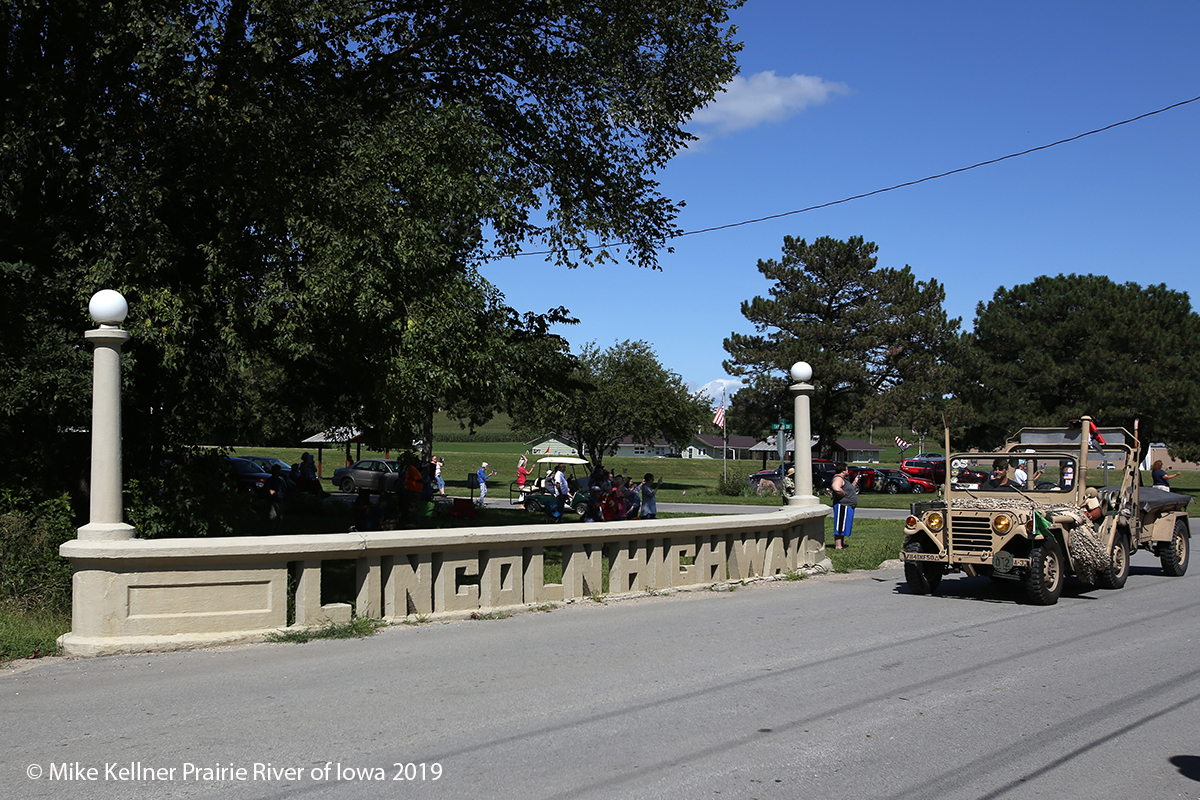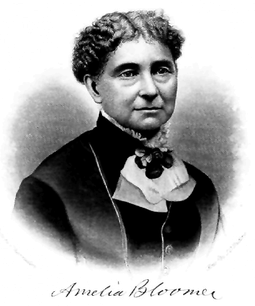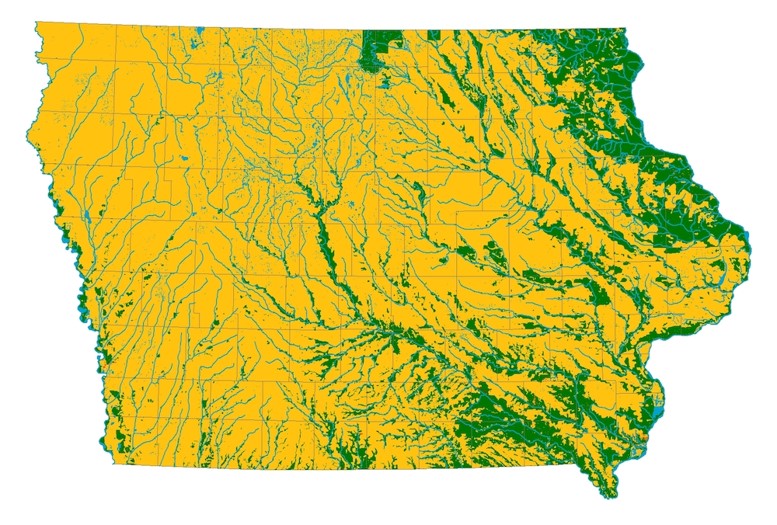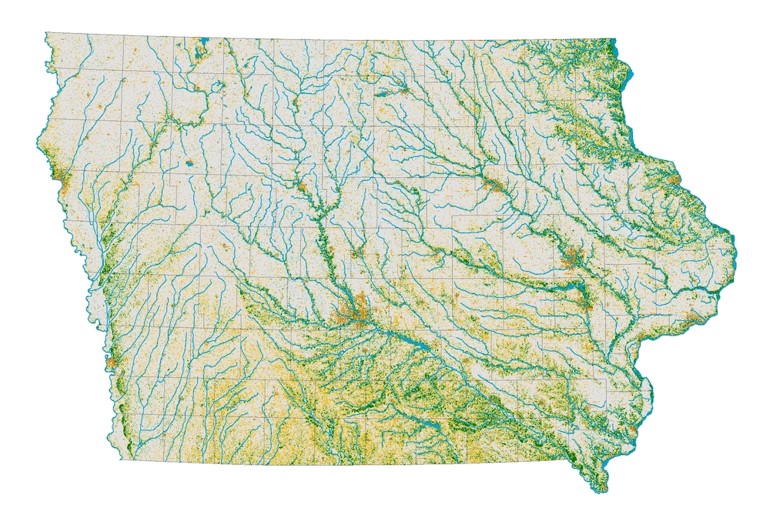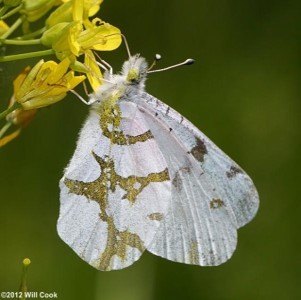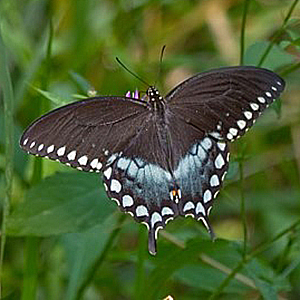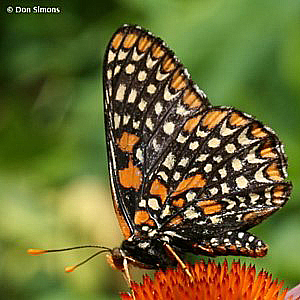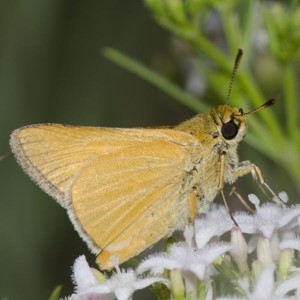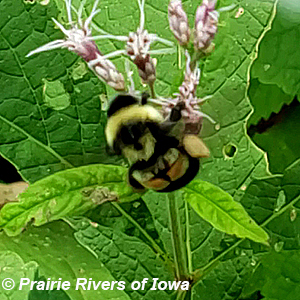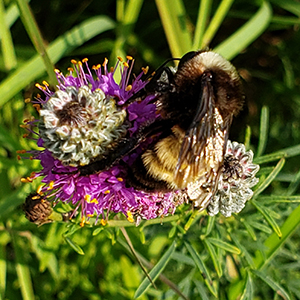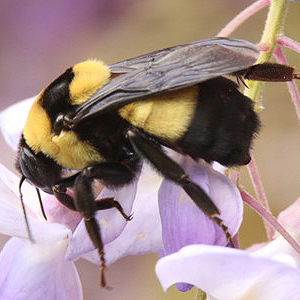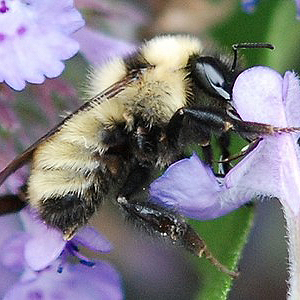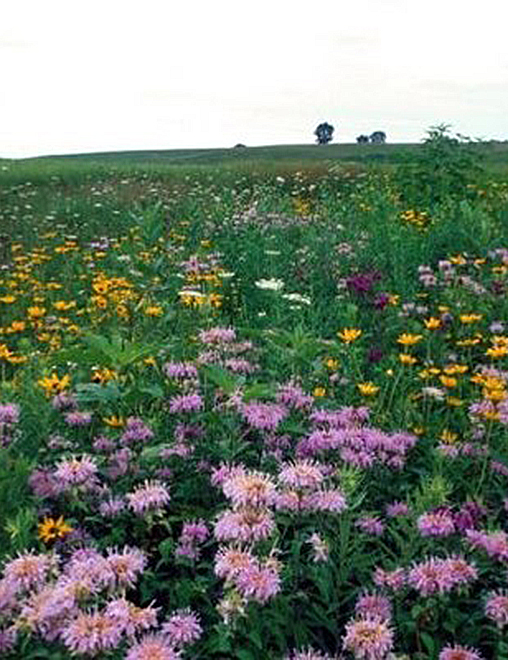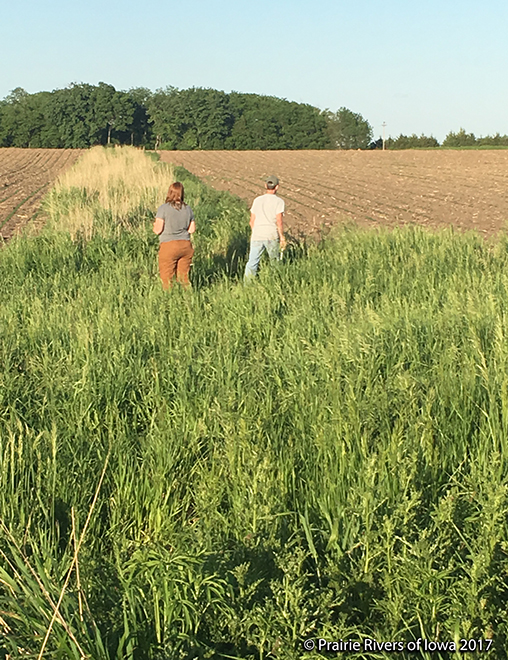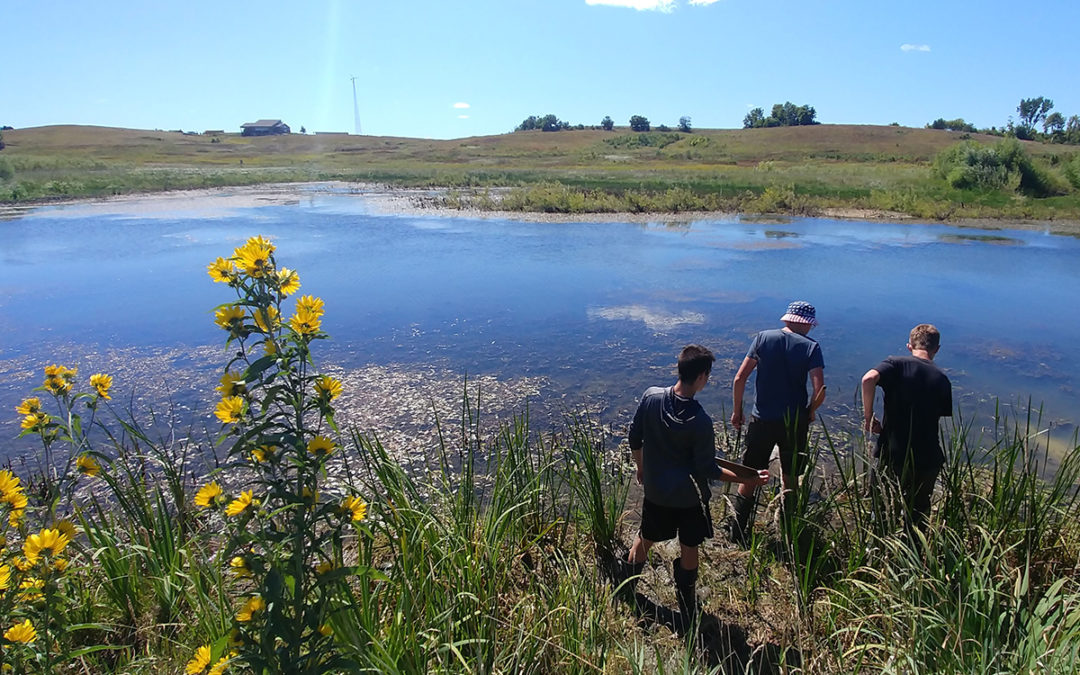
Your content goes here. Edit or remove this text inline or in the module Content settings. You can also style every aspect of this content in the module Design settings and even apply custom CSS to this text in the module Advanced settings.
Your content goes here. Edit or remove this text inline or in the module Content settings. You can also style every aspect of this content in the module Design settings and even apply custom CSS to this text in the module Advanced settings.
Your content goes here. Edit or remove this text inline or in the module Content settings. You can also style every aspect of this content in the module Design settings and even apply custom CSS to this text in the module Advanced settings.
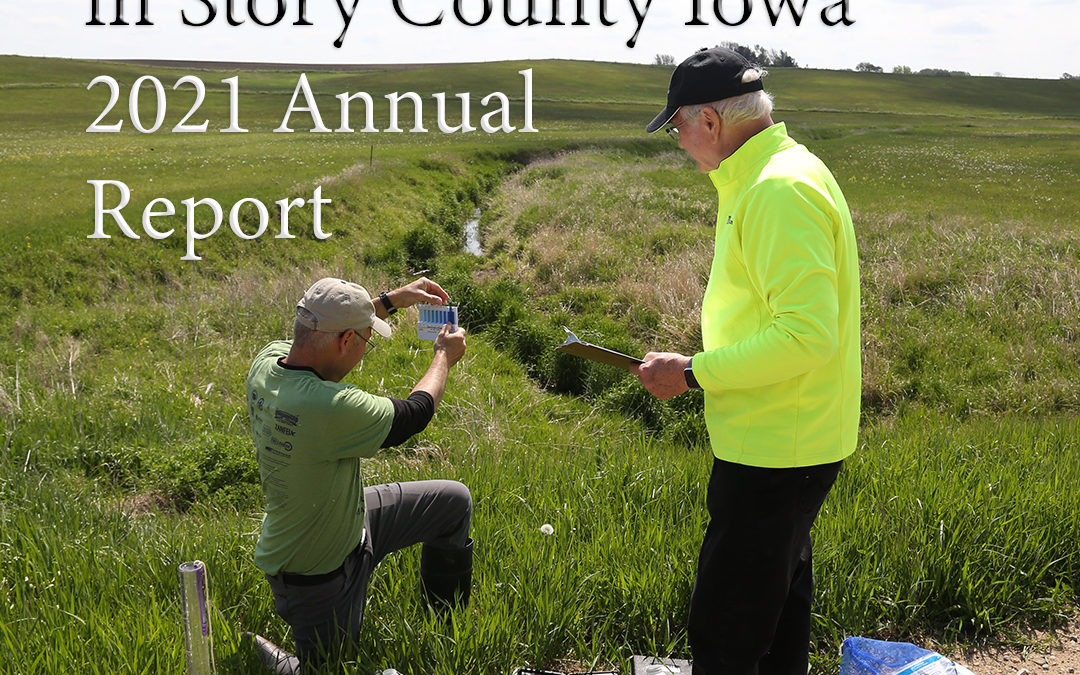
Prairie Rivers of Iowa Releases Story County Water Quality Monitoring Annual Report
Prairie Rivers of Iowa has just released an annual report investigating water quality in streams and lakes around Story County. Prairie Rivers of Iowa worked with Story County Conservation, the City of Ames, and other partners in 2020 to initiate a locally-led water monitoring program including both volunteer and laboratory testing.
The report’s author Prairie Rivers of Iowa Water Quality Specialist Dan Haug states, “Our partners and volunteers have gone to a lot of trouble to test rivers and lakes across the county, so we take seriously the job of interpreting the data.” He continues, “It’s only the second year of the program, but we’re starting to see patterns that can help us evaluate nutrient reduction efforts and improve our streams for recreation and fisheries.
Some of the key findings detailed in the report include the risks of waterborne illnesses, algae blooms in lakes and streams, the impacts to aquatic life and the effects of excess nutrients being sent downstream, eventually to the Gulf of Mexico.
“The water monitoring planning team is working hard to bring together all the resources we can to conduct monthly water testing, equip volunteers, educate elected officials and the public about the many water quality issues in our lakes, rivers and streams,” according to Haug.
In 2021, E. coli bacteria was usually low at swimming beaches and parts of the South Skunk River, but high in most creeks. The influence of nitrogen and phosphorus loads from Story County did not have as much influence on hypoxia contamination to Gulf of Mexico in 2021 due to a dry year, but the plan calls for continued monitoring to determine the effects during normal to wet periods helping to identify hot spots and evaluate whether conservation practices are working.
Water quality monitoring results in Story County did however reveal that during dry conditions in 2021, the highest levels of nitrogen and phosphorus were found below wastewater treatment plants. Wastewater effluent may be contributing to low dissolved oxygen levels in some streams harming aquatic invertebrates yet more monitoring is needed to establish patterns.
Other findings during the past year conclude that untreated stormwater from older neighborhoods has extremely high levels of sediment, phosphorus and bacteria.
Water monitoring was guided by a ten-year plan written by nine local partners and facilitated by Prairie Rivers of Iowa.
Water samples were collected monthly from 15 sites and weekly from three sites, with laboratory support provided by the City of Ames. Story County Conservation launched a volunteer monitoring program with 17 individuals and one business participating. Prairie of Iowa used special hardware to collect samples of runoff from rainstorms.
The entire Story County 10-year Water Quality Monitoring Plan, Annual Report, water quality updates, real-time data and educational articles can be found here.

Historic Bridges Face Challenges Along Lincoln Highway in Iowa
Interest in Iowa tourism is at a peak. Iowa’s Tourism office reports that travel to and in Iowa is up 14.8 % comparing 2022 with pre-pandemic numbers. At the same time, we see many challenges to historic properties for travelers to see. The historical resources remaining on the Lincoln Highway need to be kept in good condition if we are going to have them continue as signposts of the past, and bridges are some of the most endangered among them.
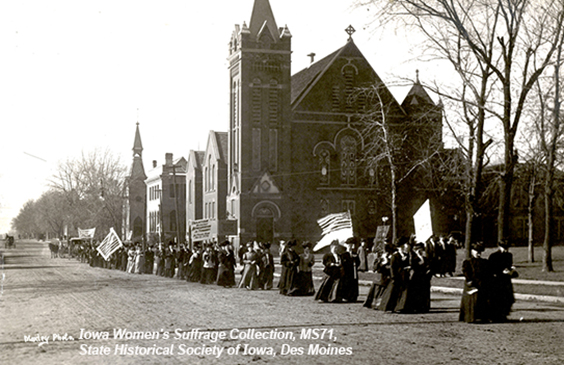
Women’s Suffrage History Along the Lincoln Highway in Iowa
As you travel along the Lincoln Highway Heritage Byway you’ll find many cultural and historic points of interest — including a retracing of footsteps taken by many responsible for pioneering women’s suffrage in Iowa. This March, we commemorate Iowa History and Women’s History month, let’s take a look at a couple of related stories.
Championing the ensuing parade was a car transporting the then National Women Suffrage Association President Dr. Anna Howard Shaw.
The Bloomer family settled in Council Bluffs in 1855 where Amelia continued her activism and was Iowa’s first resident to speak publicly for women’s suffrage. She started the Soldiers’ Aid Society of Council Bluffs to assist Union soldiers and served as president of the Iowa Suffrage Association from 1871-1873.
The next time you’re traveling the western edge of the Lincoln Highway in Iowa be sure to visit Council Buff’s Fairview Cemetery and pay respect to the American women’s movement pioneer Amelia Jenks Bloomer.
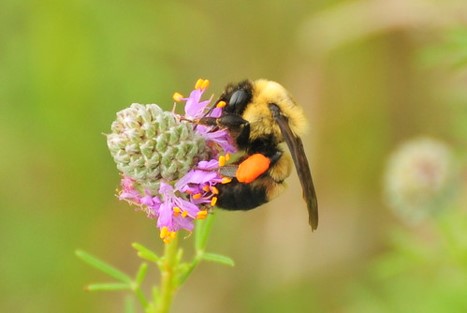
The State of Pollinators in Iowa
Special Note: This blog post is based on a presentation made by former PRI Watersheds and Wildlife Coordinator David Stein. Editing and Design by PRI PR & Marketing Coordinator Mike Kellner.
Pollinators in Iowa are disappearing at an alarming rate due to climate change, disappearing habitat, pesticide use, and disease.
Prior to European settlement, about 85% of Iowa was covered with prairies, grasslands, wetlands, and forests. Now, less than one-tenth of a percent of Iowa’s original prairies are left while the rest of its land has been plowed for cultivation, cleared for development, or otherwise altered creating a lack of habitat, food, and water for pollinators in our state. In a sense, Iowa’s once-lush landscape has become a virtual desert, where more often than not, there is no food or water for pollinators sometimes as far as the eye can see.
Former land cover can give us insight into how to best currently manage and restore pollinator and wildlife habitat
Wetlands, forests, and most significantly, prairies and grasslands have all seen reductions resulting in habitat loss.
- Skippers —47 Species
- Hairstreaks and Blues — 25 Species
- White, Yellow, Orange Butterflies — 11 Species
- Brush-Footed Butterflies — 38 Species
- Swallowtails — 6 Species
- Metalmark Butterflies —1 Species
- Skippers 27 Species — (43% loss)
- Hairstreaks and Blues — 14 Species (44% loss)
- White, Yellow, Orange Butterflies — 6 Species (45% loss)
- Brush-Footed Butterflies — 25 Species (35% loss)
- Swallowtails — 4 Species (33% loss)
- Metalmark Butterflies — 0 Species (100% loss; not seen since 1930)
Aphrodite Fritillary
Banded Hairstreak
Black Dash
Broad Winged Skipper
Byssus Skipper
Columbine Duskywing
Common Ringlet
Common Roadside Skipper
Compton Tortoiseshell
Crossline Skipper
Dakota Skipper
Dion Skipper
Dreamy Duskywing
Dusted Skipper
Edward’s Hairstreak
Eyed Brown
Gorgone Checkerspot
Gray Comma
Harvester
Hayhurst’s Scallopwing
Henry’s Elfin
Hickory Hairstreak
Horace’s Duskywing
Juniper Hairstreak
Juvenal’s Duskywing
Leonard’s Skipper
Little Glassywing
Long Dash
Meadow Fritillary
Melissa Blue
Monarch
Mottled Duskywing
Mulberry Wing
Northern Broken Dash
Northern Pearly Eye
Ottoe Skipper
Ozark Baltimore
Pawnee Skipper
Pepper & Salt Skipper
Pipevine Swallowtail
Poweshiek Skipperling
Reakirt’s Blue
Regal Fritillary
Silver Bordered Fritillary
Silvery Blue
Sleepy Duskywing
Southern Cloudywing
Striped Hairstreak
Swamp Metalmark
Swarthy Skipper
Two Spotted Skipper
White M Hairstreak
Wild Indigo Duskywing
Zabulon Skipper
Zebra Swallowtail
Rusty Patched Bumble Bee
American Bumble Bee
Plains Bumble Bee
Yellow Bumble Bee
• Plant a lot of flowers of different species
• Use native plants
• Reintroduce rare plants
• Don’t waste space on turf
• Remove invasive species
• Diversify agriculture
• Treat ecosystems as vital infrastructure

